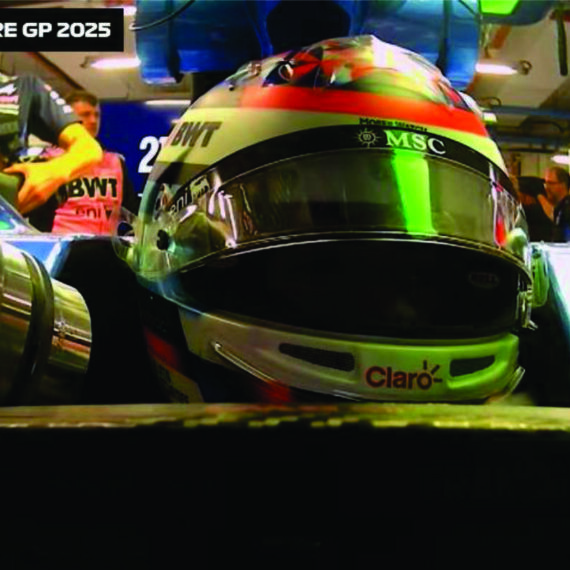
Static electricity is something that we talk about often here at EXAIR, particularly during the colder winter months. When an atom gains or loses an electron from its outer shell, it becomes electrically imbalanced. A material’s propensity to either gain or lose an electron is “ranked” on a list known as the Triboelectric Series. So how does static actually generate, or what causes these atoms to either gain or lose an electron? There are three types of static generation: contact, detachment, and frictional static build up.
Contact static build up is one of the simplest methods of static generation. In this type of static generation, a charge is generated simply from two objects contacting one another and separating. This often results in an instantaneous static charge as the electrons are transferred from one object to another in accordance with the Triboelectric Series.
The second type of static generation is known as detachment static buildup. The principle behind the type of static electricity is the same as contact static buildup, but the materials are already in contact with one another and the charge is generated as the surfaces are separated. During the separation, not all of the electrons are able to get back to their original molecule. The amount of static generated in detachment static buildup is generally far greater than contact static buildup due to the large surface area.

The last type of static generation is frictional static buildup. When two objects have friction between one another, electrons in the outer valences of the molecules can easily pass from one atom to another. If the force pressing the objects together increases, even more molecules come into contact with each other and increase the charge that is generated. Just as detachment static buildup, frictional static buildup generally produces higher charges than contact static buildup.

AYRFUL
Tel. (+54 11) 4582-0280 Rot. (Argentina)
Whatsapp: (011) 15-3291-7719






